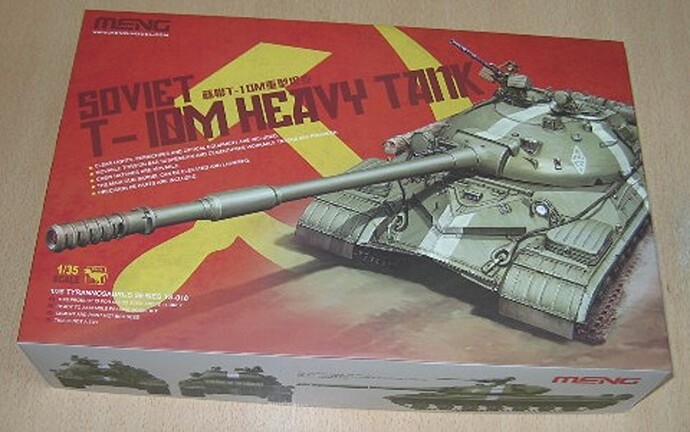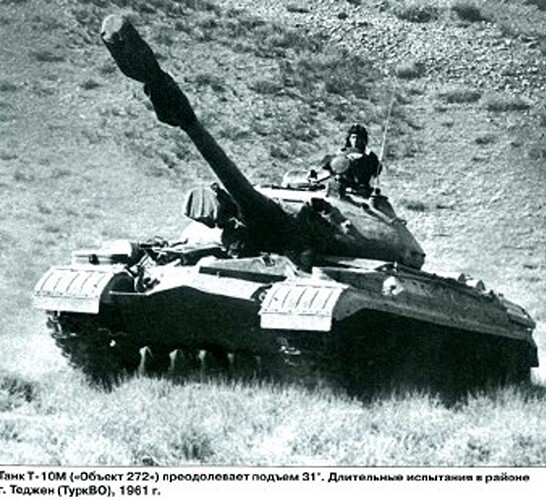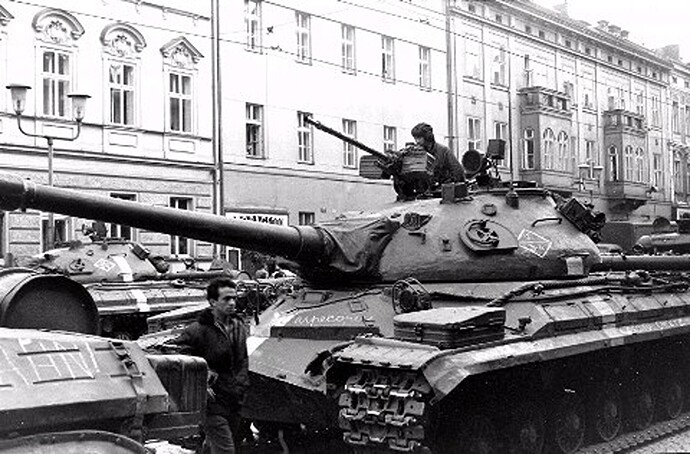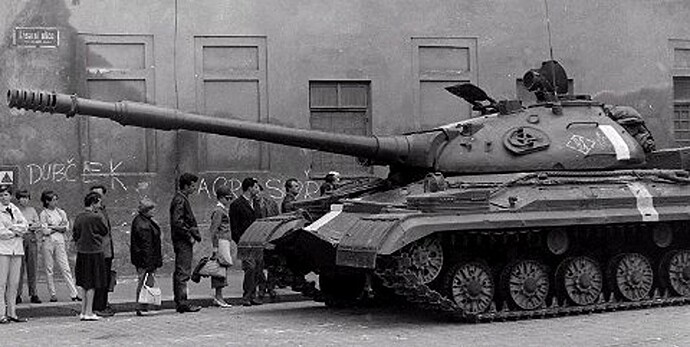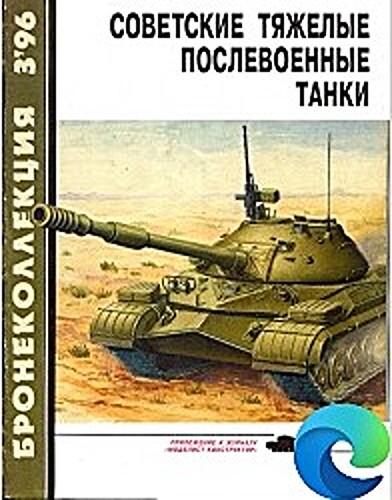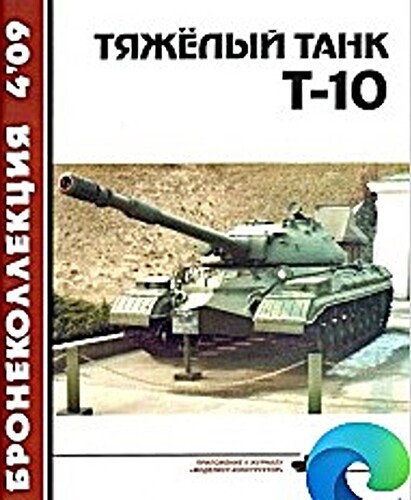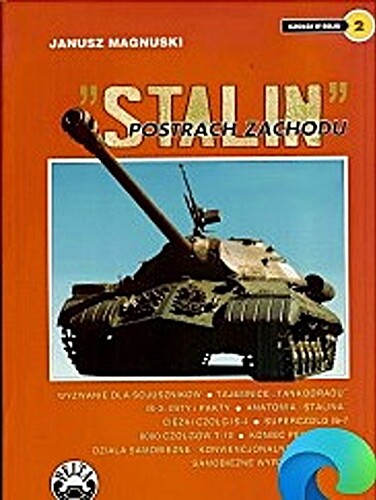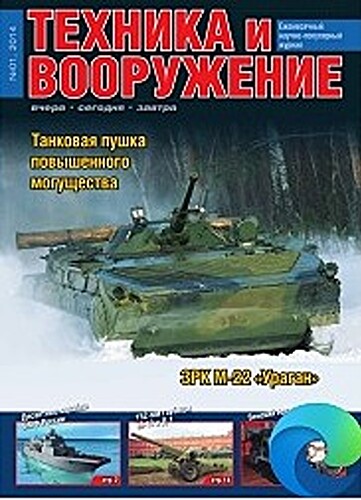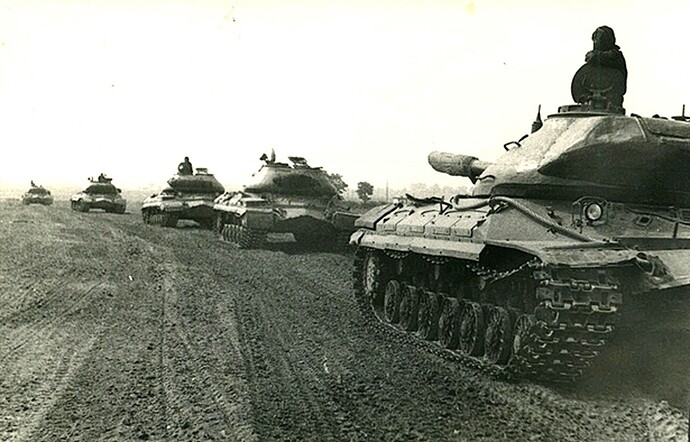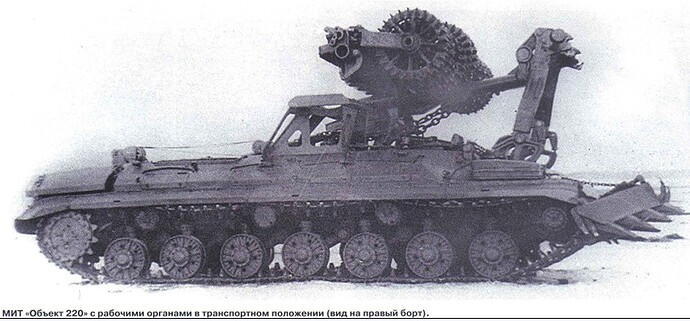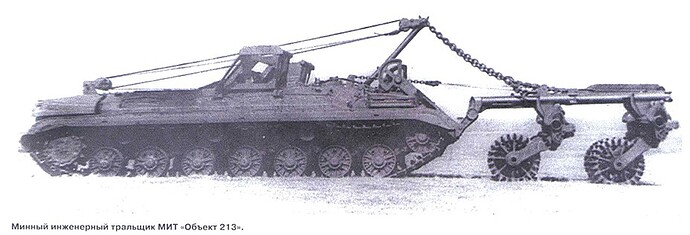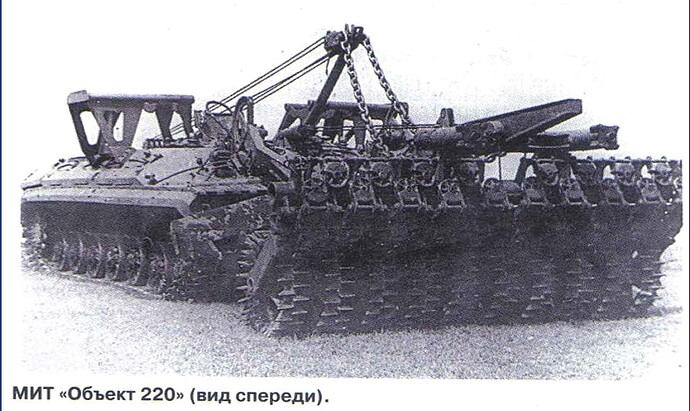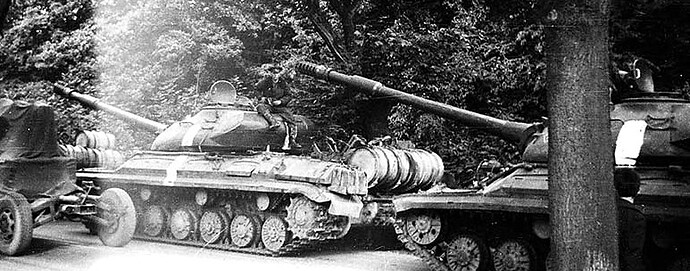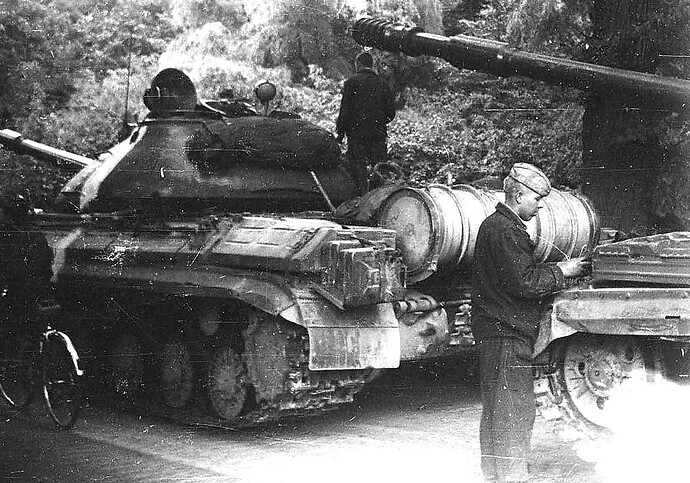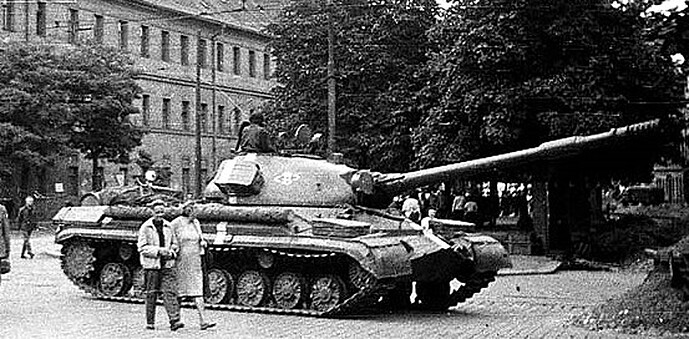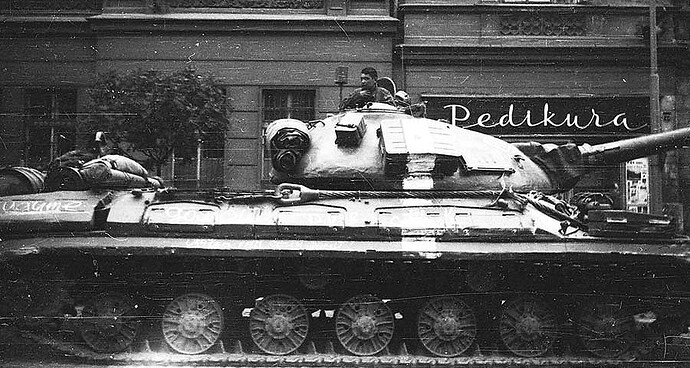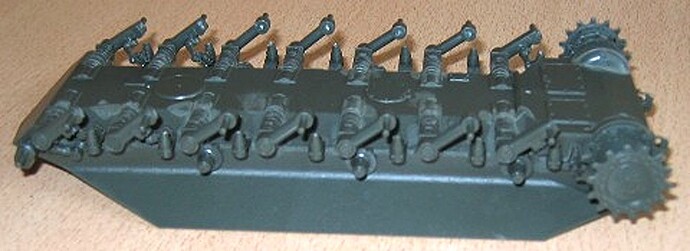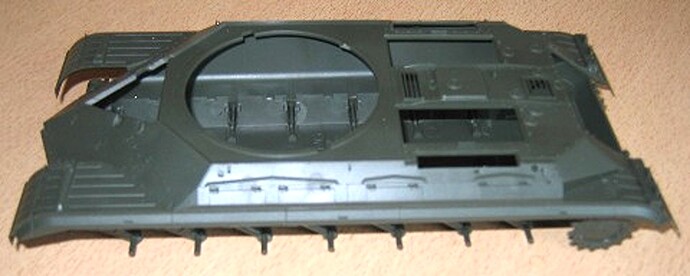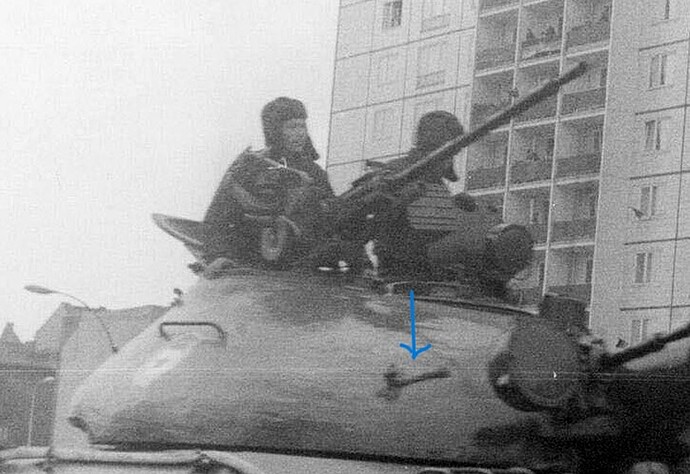Hello model builders
Today I’m continuing the series on vehicles of the GSSD with the T-10M heavy tank. The T-10M was the last heavy tank developed in the Soviet Union. It had a 122mm gun and was considered a breakthrough tank. The T-10 was the first heavy tank to no longer have the designation JS, for Joseph Stalin. Development of the tank began in the 1950s, and in 1957, it was first seen at a parade in Moscow. The T-10M was the final development of the T-10, T-10A, and T-10B vehicles. Vehicles built from 1962 onwards were capable of underwater operation. They received equipment such as an air tube, anti-aircraft boxes, and a mounting plate for the air tube on the commander’s hatch of the turret. The engine plate was also covered with a tarpaulin. Since I used a MENG kit to build the model, all of these components are missing, and you have to make them yourself. A major drawback for the manufacturer; otherwise, it’s a good kit that’s easy to build.
The T-10M tank has always lived a shadowy existence since entering service with the armored forces. It was never exported to other countries, it didn’t participate in any war, and it was only seen at two parades, in Moscow and Berlin.
Here are some pictures of this tank.
The kit
The original vehicle
13 Likes
High on my want list, so I will live vicariously and follow along on your project! 
3 Likes
Love this tank and the box art. I’ll be watching.
2 Likes
It’s great that you want to build this model too; it’s an interesting vehicle. Here are some book suggestions that you might want to use during construction. They show the tank’s details very well and also describe its development. I would love to see some of your projects here in the forum. Here are the pictures from the books.
2 Likes
I’m watching too, something on my list as well.
1 Like
Here is some more reference material for you on this beast, the Tankograd blog
Tankograd T-10
Thanks for the book suggestions!
2 Likes
Thanks Stikpusher for this very interesting article. Images of these tanks during exercises and maneuvers are very rare. The only major appearance of these tanks was during the invasion of Czechoslovakia in August 1968. These tanks were primarily stationed in the GSSD (General Support Service) in the GDR. Near where I live, there were several tank units equipped with these tanks. The road damage was enormous.
3 Likes
Thanks Dan for your help.
2 Likes
It’s also possible to build a T-10MK model with the MENG kit. The box behind the turret is included in the kit. T-10MK stands for a commander’s variant. Here’s a picture with this tank in the foreground. There were also unusual mine-clearing tanks, as shown in the following pictures. That would be an interesting model.
6 Likes
Thanks Uncle-Heavy for the correction.
2 Likes
This is a linear tank T-10M built in until 1960
Judging by the drive wheel and two handrails on the turret, this is a tank assembled in Leningrad.
1 Like
Hello Holger
Yes, these tanks were built in Leningrad, but also in Chelyabinsk. So today, I’ll talk about the history of heavy Soviet tanks again. I’ve posted a table that should actually be interesting. I’ll also include pictures of the UF box on the turret and canisters on the rear of the vehicle, which you can’t see in museum photos.
3 Likes
What did the Soviet 20 litre can look like then? I see two mounted on the fender. I assume they are water?
1 Like
To bad it arrived on the scene to late. I wonder how it would have fared up against a German Jagdtiger. I also like the way the front glacis is angled on it.
1 Like
Tanks manufactured in Chelyabinsk before 1960 were noticeably different from tanks manufactured in Leningrad during the same years.
In fact, these are two different vehicles, only the turret is the same.
The easiest way to tell them apart is by the shape of the drive wheel (the Chelyabinsk “Object 734” has an old-style drive wheel, from the T-10A) and by the handrails on the turret - “Object 734” has one handrail on each side of the turret.
The turret-mounted bunker was installed on all tanks until 1960, after which it was abolished - it was replaced by two boxes on the front fenders.
During service, the turret-mounted boxes were dismantled and replaced with these boxes.
3 Likes
Hello Holger
That’s quite an interesting post you’ve written. These are all detailed questions that no one really pays attention to. Especially when it comes to the question of storage compartments or the compartment behind the turret. I think you’ve spent a lot of time thinking about the T-10 problem, so it’s commendable that you’re sharing your knowledge here. I saw the original tank as a child about 55 years ago, but I can’t give accurate answers to many of the detailed questions today. Unfortunately, photography wasn’t allowed, which is a shame. These are all issues that should have been resolved prior to construction. I must have made a lot of mistakes during construction. Today, I’ll share a few pictures of the hull construction; three models were planned.
6 Likes
Hello Dan
Your question about the canisters is difficult to answer. These canisters were available in sizes of 5, 10, and 20 liters. It’s hard to say what size they were. The same question is, what was in them? It could have been water, oil, or fuel. But it’s also possible that they were the decontamination kit, which consisted of two canisters. This was used by the crew to deactivate the parts of the tank that had to be touched to gain access. Perhaps, does anyone know?
Now, on to the rest of the construction. The upper part of the hull is being adapted.
3 Likes
Does anyone else among the model builders know this T-10 kit? Two pictures of the turret, the arrow points to a part that I can’t use to intercept anything. What is that?
1 Like
